In Brescia , the Museum of Santa Giulia opens, starting Sunday, January 22, the new section of the Roman Age, with a project that aims to offer visitors an updated image of the ancient city based on the most recent studies and , above all, on the results that have emerged from urban archaeological surveys.
The new itinerary completes the plan undertaken in 2019, when it was decided to restore the statue of the Winged Victory and place it - with a major new installation by architect Juan Navarro Baldeweg - inside the Capitoline temple, thus restoring a new iconicity to the work in the place where it was found. An action of strategic importance, which determined the need to define a new display for the Roman Age section, of which the statue was the center of gravity. Thanks to scientific insights of the specialists of the Brescia Musei collections area, supported by the Foundation’s Scientific Committee, today is therefore presented the completion, from a conceptual and exhibition point of view, of the musealization also of the Capitolium area, in which important finds now part of the new Roman Age section were found, and the conceptual reunification of the heritage of Roman Brescia in a single museum domain. This unification is the reason that prompted Fondazione Brescia Musei to create a united dimension of the two museum sites, the Museum of Santa Giulia and Brixia - Archaeological Park of Roman Brescia, also from the point of view of a new ticketing policy, in order to be able to offer visitors the opportunity to see all the artifacts useful for understanding the history of Brixia linked to their contexts of origin.
Finally, in the process of renovating the spaces of the Santa Giulia Museum, the need emerged to intervene in the lighting of the Auditorium, which is equipped with halogen spotlights that are now dated and not very sustainable. Thus, Fondazione Brescia Musei, with the technical sponsorship of ERCO, a leading company in the field of high-end LED architectural lighting, developed for the Auditorium a system based on projectors, which through a Bluetooth control system allows the management of different scenarios, which can be activated and modulated according to the usage needs of the hall, maximizing the usefulness and visual comfort of both the audience and any speakers.
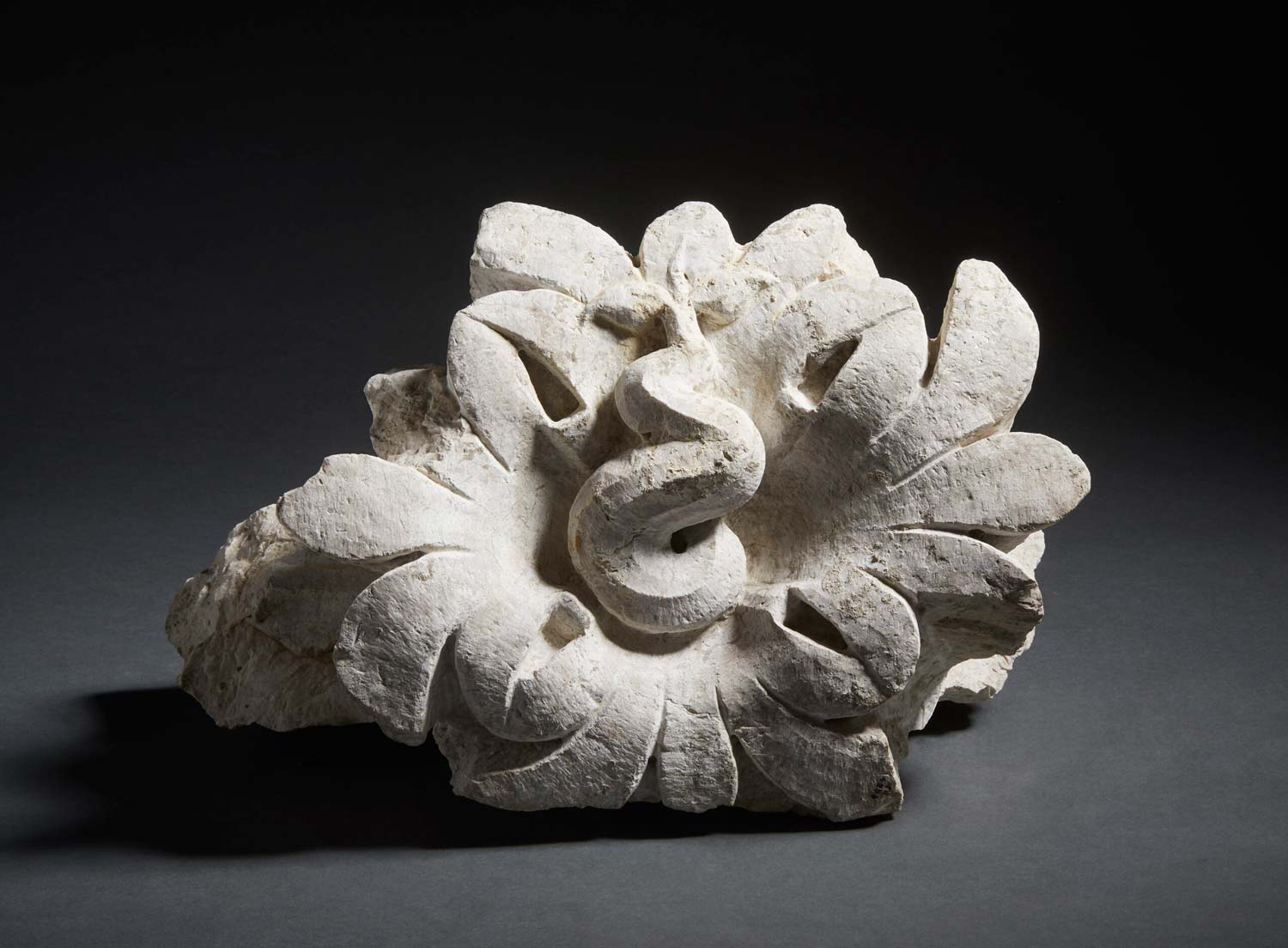
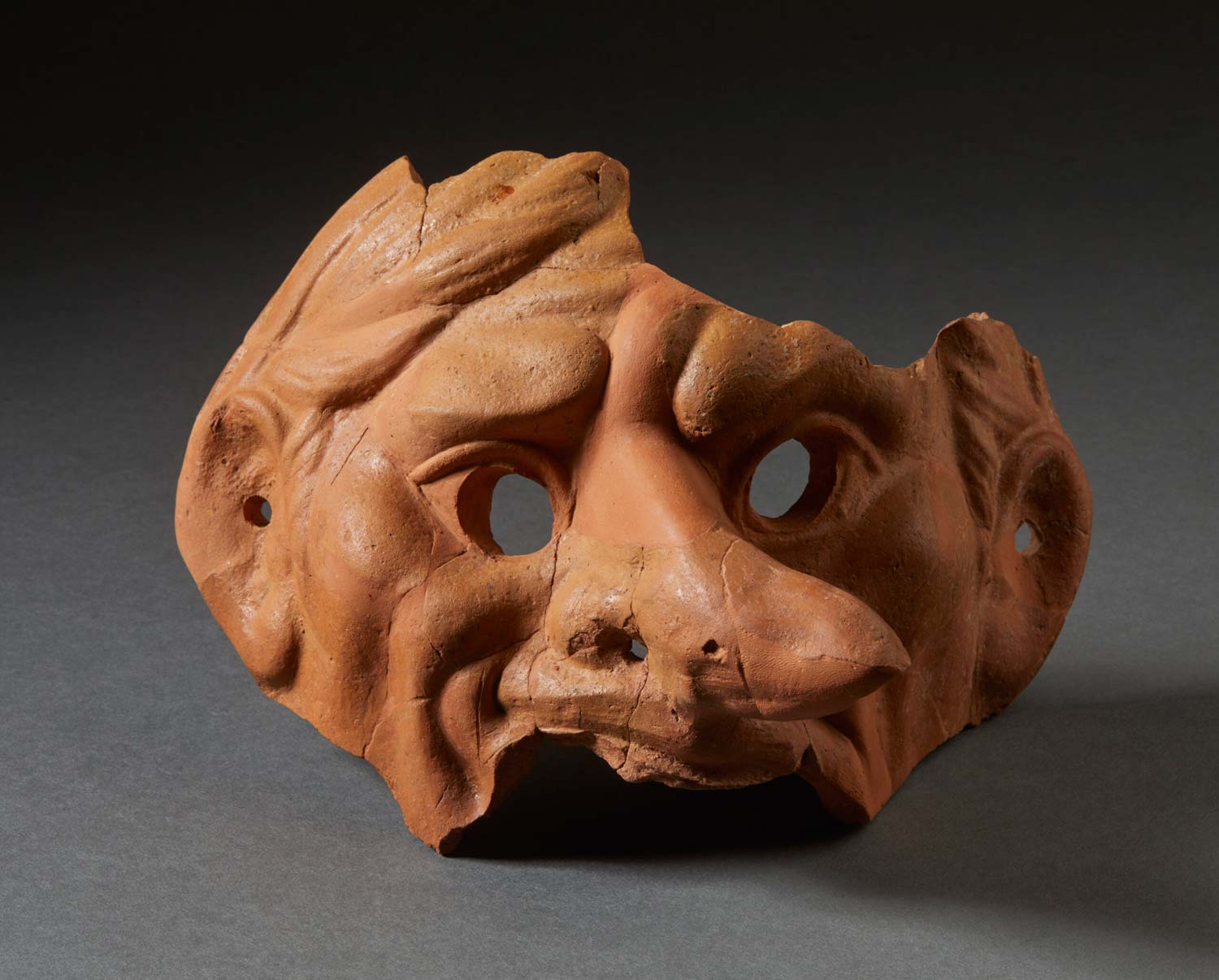
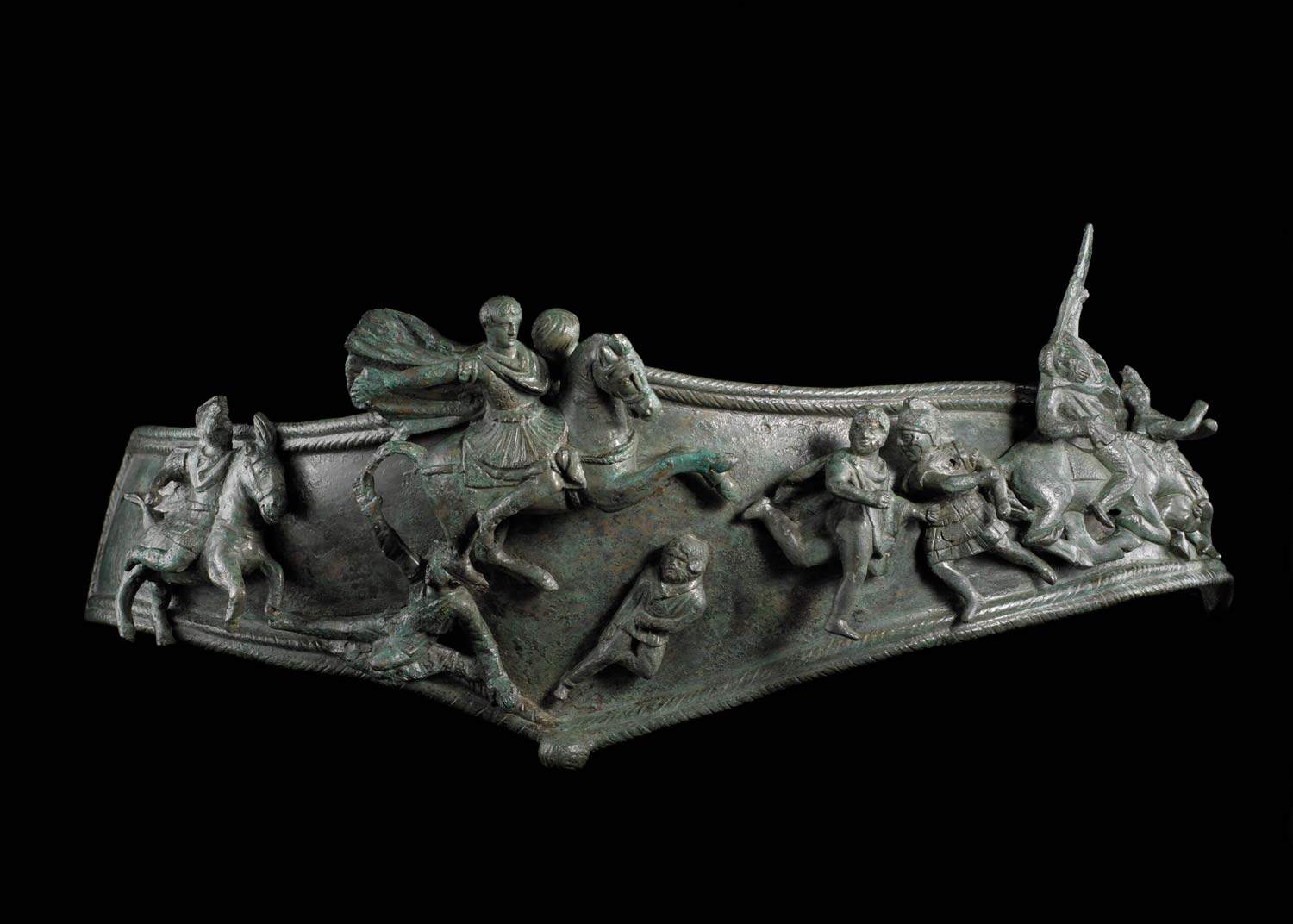

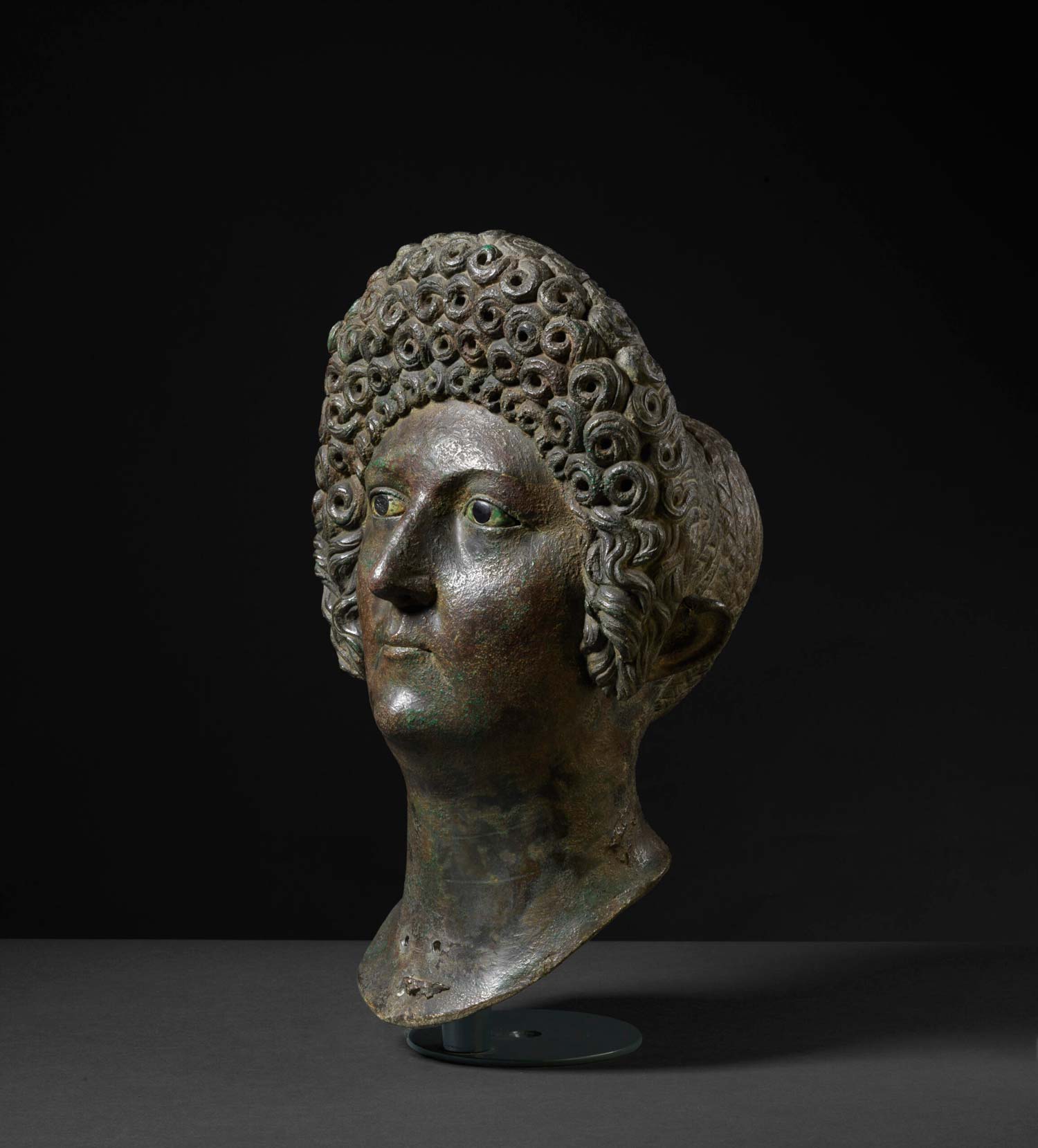
Roman Brixia is a paradigmatic city in terms of the degree of preservation of the buildings, the tradition of studies and the ongoing investigations that lead daily to the enrichment of the heritage. 200 years after the beginning of the successful campaign of archaeological investigations that led to the discovery of the Capitolium, the bronze deposit and the opening in 1830 of the Museo Patrio, the section that more than any other records this dynamic and virtuous flow between research and enhancement is now updated for Brescia’s year as Italian Capital of Culture.
The nineteenth-century documentation produced on the occasion of what was the most incredible archaeological adventure experienced by the city, when the sequence of temples and the deposit of bronzes were brought to light and the first of the city’s museums was created, is enlarged into monumental sets within the halls; this is complemented by multimedia art installations with a contemporary lexicon, which interpret and render the themes of the museum section, evoking historical places and events in unconventional creative ways. The rearrangement of the section in the Santa Giulia Museum has been followed from the point of view of museographic design, also for reasons of continuity and coherence with the rest of the museum, by the firm Tortelli Frassoni Architetti Associati, which was responsible for the museum layout 25 years ago, while in terms of engineering and direction of the integrative works by architect Antonio Maio.
The section, through supports for tactile exploration (made with the sponsorship of the Lions Club Vittoria Alata Brescia) and through historical iconography and to valuable architectural pieces, presents those Brescian monumental contexts such as the Republican Sanctuary, the Capitoline Temple, and the Theater that can be visited in the nearby Archaeological Park. The epigraphic section, set up in the large Renaissance cloister, has also been updated in its contents and captions, further enhancing this extensive and rich heritage that few Roman cities can boast. An in-depth study of great importance is devoted to the Late Antique period (4th-5th centuries AD), when places of pagan worship were abandoned in favor of those of Christian worship; in Brescia, in particular, in the area of the Capitolium, two deposits of objects and works related to temple life have been found that have returned finds and information of enormous value and interest. In the first, discovered in 1826, in addition to the Winged Victory, a Roman-era statue of exceptional value recently restored and set up in the eastern hall of the Capitolium, a series of heads was found that is presented with a new layout that enhances their workmanship and precious decorations. Made of bronze using the technique of lost-wax casting and gilding only on the male ones, the portraits must have been inserted into stone or marble statues, as indicated by the careful finishing of the neck flaps. They were most likely displayed in a public space in the city and may have represented emperors or members of the imperial family. The features of the faces and hair allowed the figures to be identified with members of the Flavian dynasty and with emperors of the second and third centuries CE.
The other deposit, never shown in its entirety, includes a considerable amount of votive objects offered in the temple halls by worshippers during the life of this place of worship; these include rare engraved glass, such as the bottle with reproductions of views of cities of the Phlegraean area, jewelry, ritual objects, including the precious knife with a deer horn handle, simple and figured oil lamps, amphorae, large plates for ritual offerings, mold-decorated ceramics, and much more.
Stone pieces, the subject of recent studies, from the main public monuments are meant to suggest an idea of the magniloquence of the architecture and the exquisiteness of the decorations, as well as the variety of materials used, from local white limestone to polychrome marbles from all over the Mediterranean basin. These include an unpublished corbel pertaining to the Forum of Brescia, now deposited in the museum by a generous Brescian family. The artifact, made of local Botticino stone, depicts the Faun, a nature deity related to the Dionysian cult, and was most likely to decorate one of the entrances to the Forum of Brixia. Its importance, in addition to its considerable size and the beauty of the ornamentation, lies in the fact that it is a recent discovery that emerged through specialist studies.
Other finds of particular value and interest include the bronze horse breastplate (balteo), a unique specimen throughout the empire, probably belonging to an equestrian statue displayed in one of the public spaces of ancient Brixia, on the surface of which numerous bronze figures have been applied, depicting Roman soldiers, with helmet and armor, and barbarians, with long hair, breeches and short cape, engaged in an access combat, and in the center stands out the figure of the emperor on horseback bursting among the soldiers. Or the Statue of Silvanus, a deity linked to the world of forests and animals, which is characterized by the presence of a goat-headed skin on the left side and fruits that he holds in the fold of his cloak, alluding to fertility and abundance: a statue that is part of a small nucleus of archaeological works donated in the early nineteenth century to the museum by Luigi Basiletti, the extraordinary scholar and artist who, with fellow members of the Ateneo di Scienze lettere e Arti of Brescia, initiated the start of archaeological excavations in the city in 1823.
The new museum intervention also focuses on the inclusion ofthree immersive multimedia art installations, designed and created by the Italian interdisciplinary art studio focused on human-machine relations, NONE Collective. The collective works on designing immersive experiences, multimedia installations, and digital artworks that explore the expansion of the boundaries of human perception through the use of technology, investigating the relationships between habits, social practices and the emergence of new tools in digital culture, while also promoting reflection on the contemporary and stimulating critical thinking and activist practices. Works by them are exhibited in museums, galleries and international festivals, among them Somerset House - London, Farol Santander - São Paulo, Fukuoka Science Museum - Japan, Palazzo delle Esposizioni and Museo Nazionale Romano - Rome, Milan Design Week - Milan. The multimedia project aims to bring visitors an immersive experience thanks to the synchronization of audio, video and light through technological devices and stage sets.
In the first room, Forms and Places of Memory, through graphics and historical images, faces and voices of scholars, enlightened citizens and particularly significant places, the path of protection and enhancement of the city’s ancient heritage by the Brescian community is evoked. Like a kind of memory box, layers left over the centuries gradually surface and the deep roots of an uncommon civic sensibility are brought to light. The multimedia installation The Winged Victory. Journey of a Myth tells the story of this statue, illustrating aspects related to its origins, iconography, attributes, and discovery during excavations in the Capitolium area in 1826 up to the latest scientific data acquired during the restoration work. The tour concludes with Architecture, Man and Nature, an installation that evokes the places and architectures in which human life is staged: the street, the walls, the square, the arcades, the columns, the dwellings, the buildings. The spaces, axes, geometries, and forms parallel the passage of time, the cyclical nature, and have as their common thread the presence of man. This room features three fragmentary sculptures from the Roman age that, with the technique of videomapping and dynamic lighting, become part of the narrative.
The new Roman Age section will then offer an accessibility route for people with disabilities. In addition to the tactile orientation maps, which are present at the entrance to the route, all the stone artifacts and a copy of the Flavian lady will be tactile explorable by the blind and visually impaired. In addition, two models dedicated to Republican sanctuary and Capitolium and Brixia’s public buildings in Roman times, featuring specific textures, will be available for tactile explorations. A free multimedia museum guide, downloadable via QR code to one’s electronic device, with audio tracks dedicated to the blind and visually impaired will allow guided tactile exploration of the most significant works in each room.
The new path is promoted by Fondazione Brescia Musei, the Municipality of Brescia, Soprintendenza Archeologia, Belle Arti e Paesaggio for the provinces of Bergamo and Brescia, with the support of Regione Lombardia, Fondazione CAB and Fondazione Banca del Monte di Lombardia, Lions Brescia Vittoria Alata and the technical sponsorship of Agliardi and a2a.
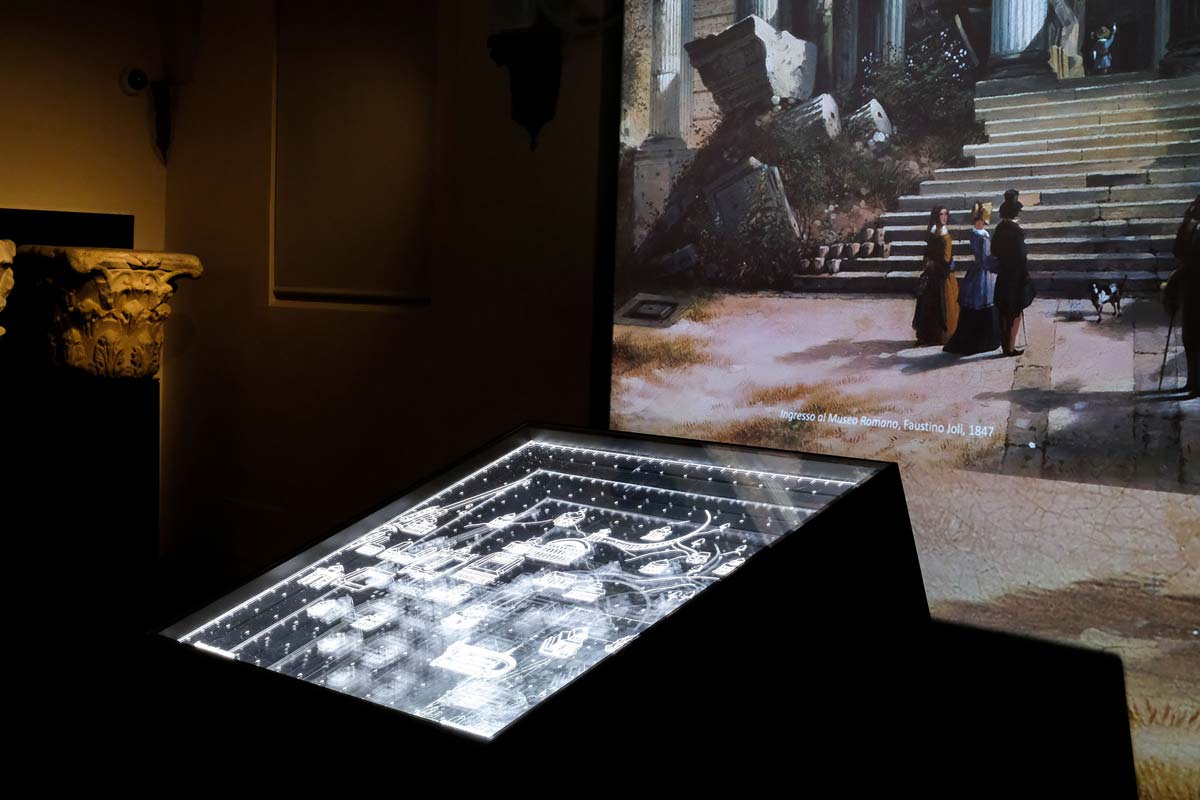
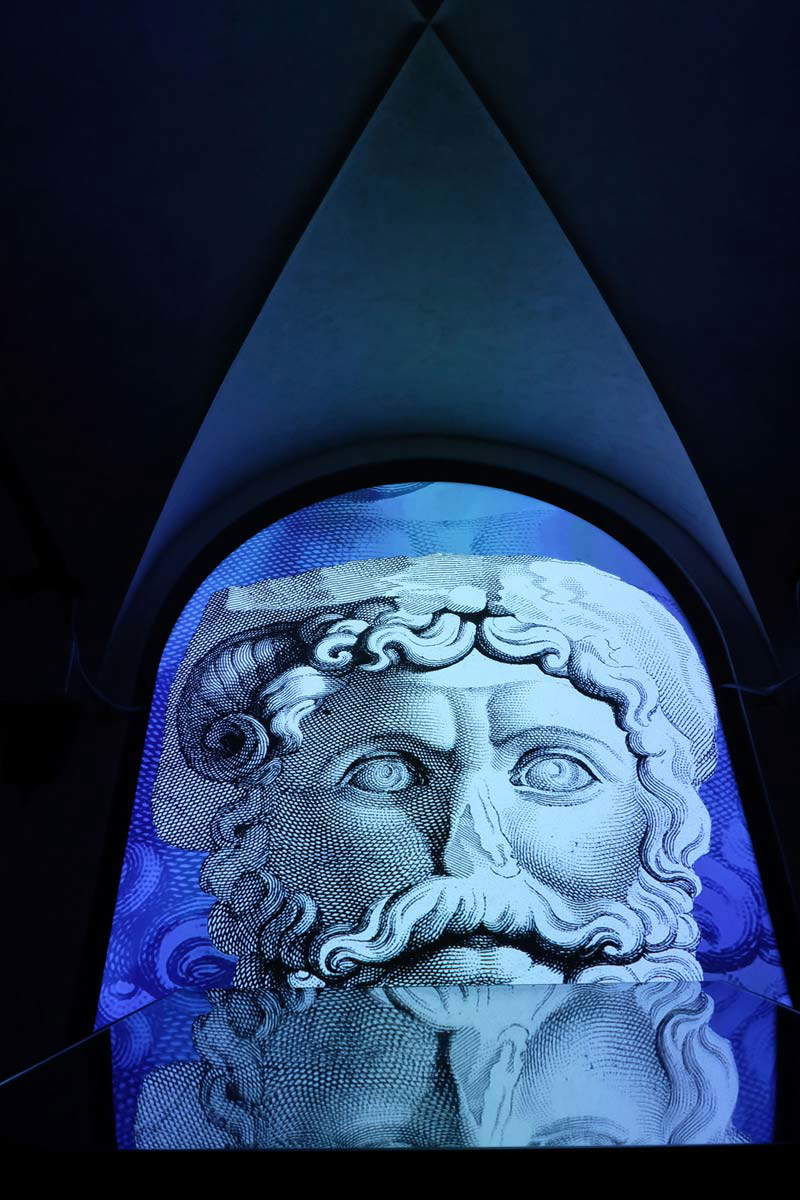

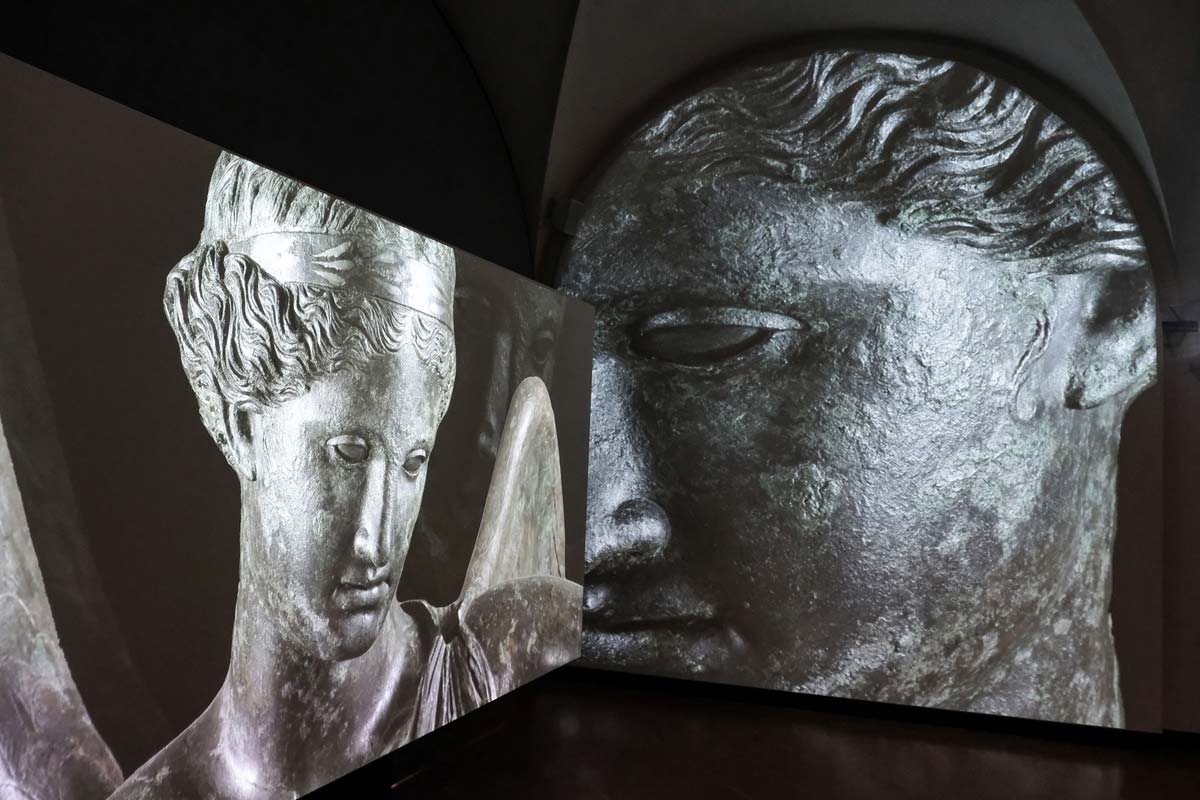
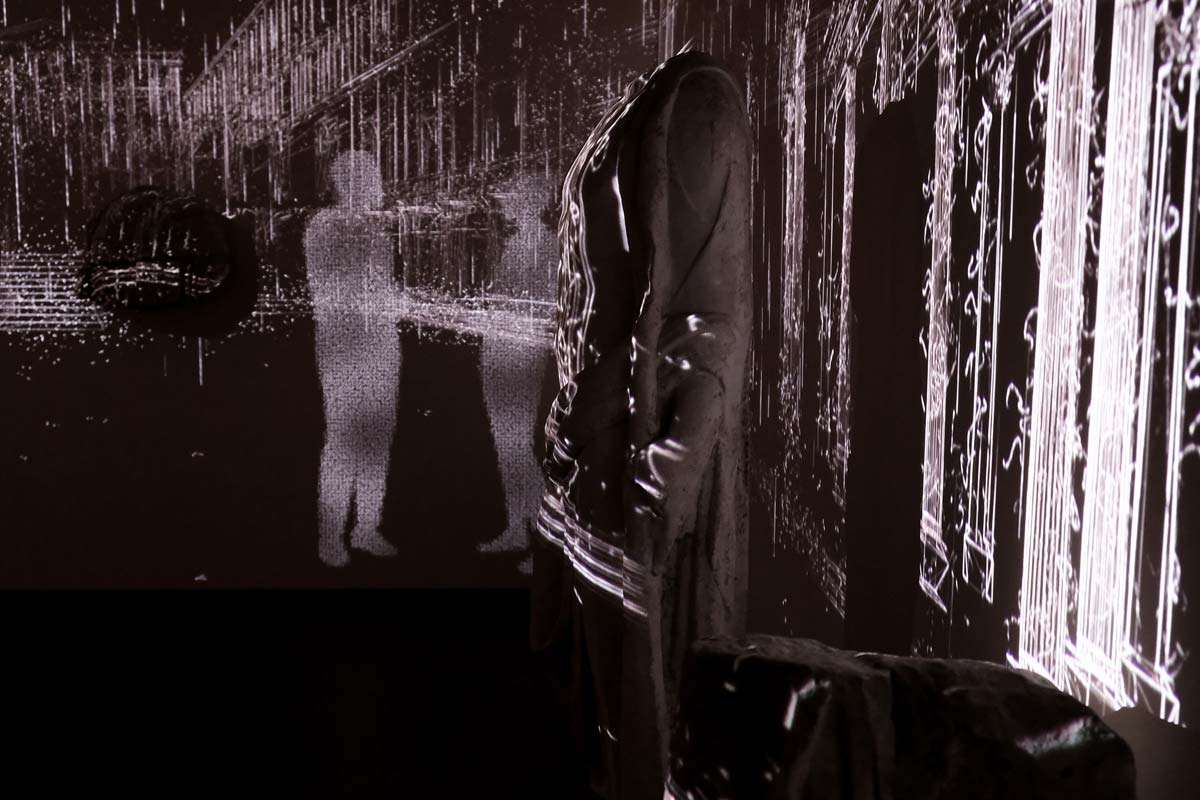 None Collective’s immersive
None Collective’s immersiveAll the projects carried out in recent years have been marked by considering the Santa Giulia Museum and the Archaeological Park as an integral part of a unique whole, as also highlighted by the 2011 UNESCO recognition. As of January 24, therefore, the new unisco ticket will come into effect, bringing to completion the creation of the entire archaeological monumental area, within a single museum, a prelude to what will happen further in the coming month of March with the completion of the Unesco Corridor infrastructure project.
The revision of ticketing for the Museum of Santa Giulia and Brixia - Archaeological Park of Roman Brescia was an opportunity for Fondazione Brescia Musei to review all access policies to the museum sites under its management, with a view to integrating museum sites and networking among them along the most modern lines of contemporary museography and accessibility.
In addition, with the official opening of the year in which Brescia will be the Italian Capital of Culture nevertheless, Fondazione Brescia Musei announces the novelty that will affect all citizens of Brescia, residents of the city, who will be granted the opportunity to access the city’s collections free of charge without time or day limits.
This is a measure that fully responds to and intercepts the most up-to-date considerations on the policy of access to places of culture, namely that of considering the museum heritage of an area as part of a cultural baggage of the communities that live there, that is, the citizens, an approach that descends from the Faro Convention and ratified by Italy in September 2020 and that considers cultural capital an essential component in the composition of the identity of citizens.
Anoperation of an experimental nature, which is intended to be a response to the programmatic lines established by international museum policy, in line with the direction - the liberation from the constraints of open and participatory use at the museum - that Fondazione Brescia Musei has already inaugurated by addressing these topics in the Open doors talk series: a revolution in the most virtuous operations of heritage enhancement, usable by the public without any constraints.
This is a policy that Fondazione Brescia Musei can sustain thanks to the fundamental support of the companies that adhere to the Alleanza Cultura corporate membership program, which helps support museum activities and restore the great value of accessibility to culture: a cultural welfare program that is even more significant for the Museums’ main stakeholders, in light of the contribution that Fondazione Brescia Musei receives from the City.
 |
| Brescia, new Roman section opens at Santa Giulia Museum |
Warning: the translation into English of the original Italian article was created using automatic tools. We undertake to review all articles, but we do not guarantee the total absence of inaccuracies in the translation due to the program. You can find the original by clicking on the ITA button. If you find any mistake,please contact us.